
Lesser Egyptian Jerboa Judah Focusing on Wildlife
Our phylogeographical analyses show a strong genetic subdivision into three areas along a west-east axis, corresponding to (1) Morocco and western Algeria; (2) eastern Algeria, Tunisia and western Libya; (3) eastern Libya and Egypt.

Greater Egyptian Jerboa (Jaculus orientalis) ZooChat
The greater Egyptian jerboa ( Jaculus orientalis ) is a species of rodent in the family Dipodidae. It is found in Algeria, Egypt, Libya, Morocco, Saudi Arabia, Tunisia, and is possibly extinct in the Negev Desert of Israel. Its natural habitats are subtropical or tropical dry shrubland, sandy shores, and arable land. No Nocturnal Gr Granivore He

Greater Egyptian Jerboa ZooChat
The greater Egyptian jerboa ( Jaculus orientalis) is a species of rodent in the family Dipodidae. [2] It is found in Algeria, Egypt, Libya, Morocco, Saudi Arabia, Tunisia, and is possibly extinct in the Negev Desert of Israel. Its natural habitats are subtropical or tropical dry shrubland, sandy shores, and arable land . Description

Wright's Wanderings Lesser Egyptian Jerboa, Djoudj
Greater Egyptian Jerboa Jaculus orientalis View in CoL French: Gerboise d'Erxleben / German: Grote Wiistenspringmaus / Spanish: Jerbo grande de Egipto Other common names: Oriental Jerboa Taxonomy. Jaculus orientalis Erxleben, 1777 View in CoL ,

Absurd Creature of the Week This Tiny Adorable Critter Is Half
Jerboas (from Arabic: جربوع jarbūʻ ) are hopping desert rodents found throughout North Africa and Asia, [1] and are members of the family Dipodidae. They tend to live in hot deserts. [1] When chased, jerboas can run at up to 24 km/h (15 mph). [1] Some species are preyed on by little owls ( Athene noctua) in central Asia.
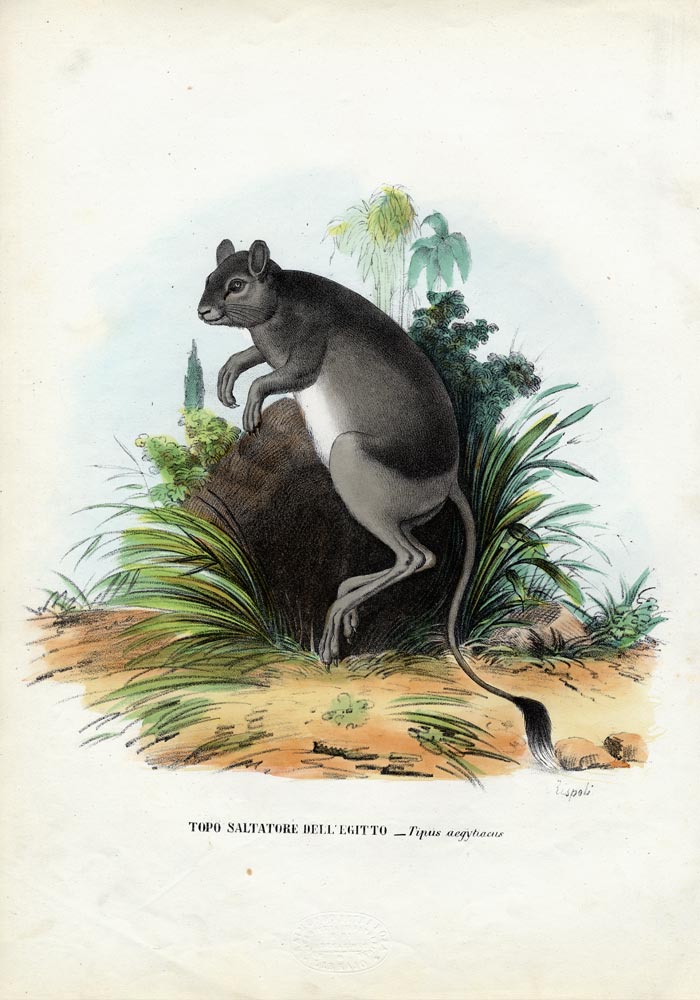
Greater Egyptian Jerboa Raimundo Petraroja as art print or hand
The Greater Egyptian Jerboa, phases of contraction/expansion as a response to Pleistocene Jaculus orientalis (Erxleben, 1777), represents such an climatic oscillations (Tiedemann, Sarnthein & Stein, 1989; adequate model, which may help us to better understand Jolly et al., 1998).

Image Jaculus orientalis (Greater Egyptian Jerboa) Animal
The Greater Egyptian Jerboa (jaculus orientalis) is a variety of rodents of the family Dipodidae. You see them in Israel, Algeria, Morocco, Egypt, Libya, Tunisia and Saudi Arabia. In nature, they live in the dry tropical or subtropical shrub-land, arable regions as well as the sandy coasts.

GreaterEgyptianJerboa Learn About Nature
Jaculus orientalis (Greater Egyptian Jerboa) is a species of rodents in the family Dipodidae. They are native to the Palearctic. They are solitary, nocturnal herbivores. They have parental care ( female provides care ). They rely on saltation to move around. EOL has data for 46 attributes, including: Body symmetry bilaterally symmetric body shape
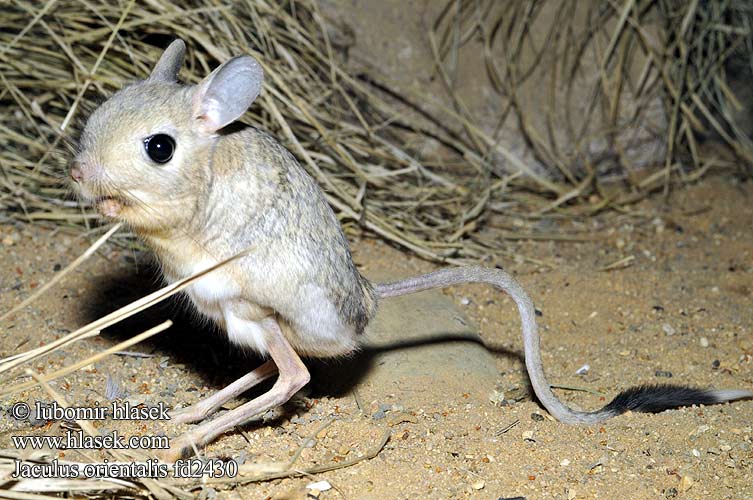
Jaculus orientalis Greater Egyptian Jerboa Grande gerboise Tarbík
The greater Egyptian jerboa (Jaculus orientalis) is a species of rodent in the family Dipodidae. It is found in Algeria, Egypt, Israel (?), Libya, Morocco, Saudi Arabia, and Tunisia. Its natural habitats are subtropical or tropical dry shrubland, sandy shores, and arable land.
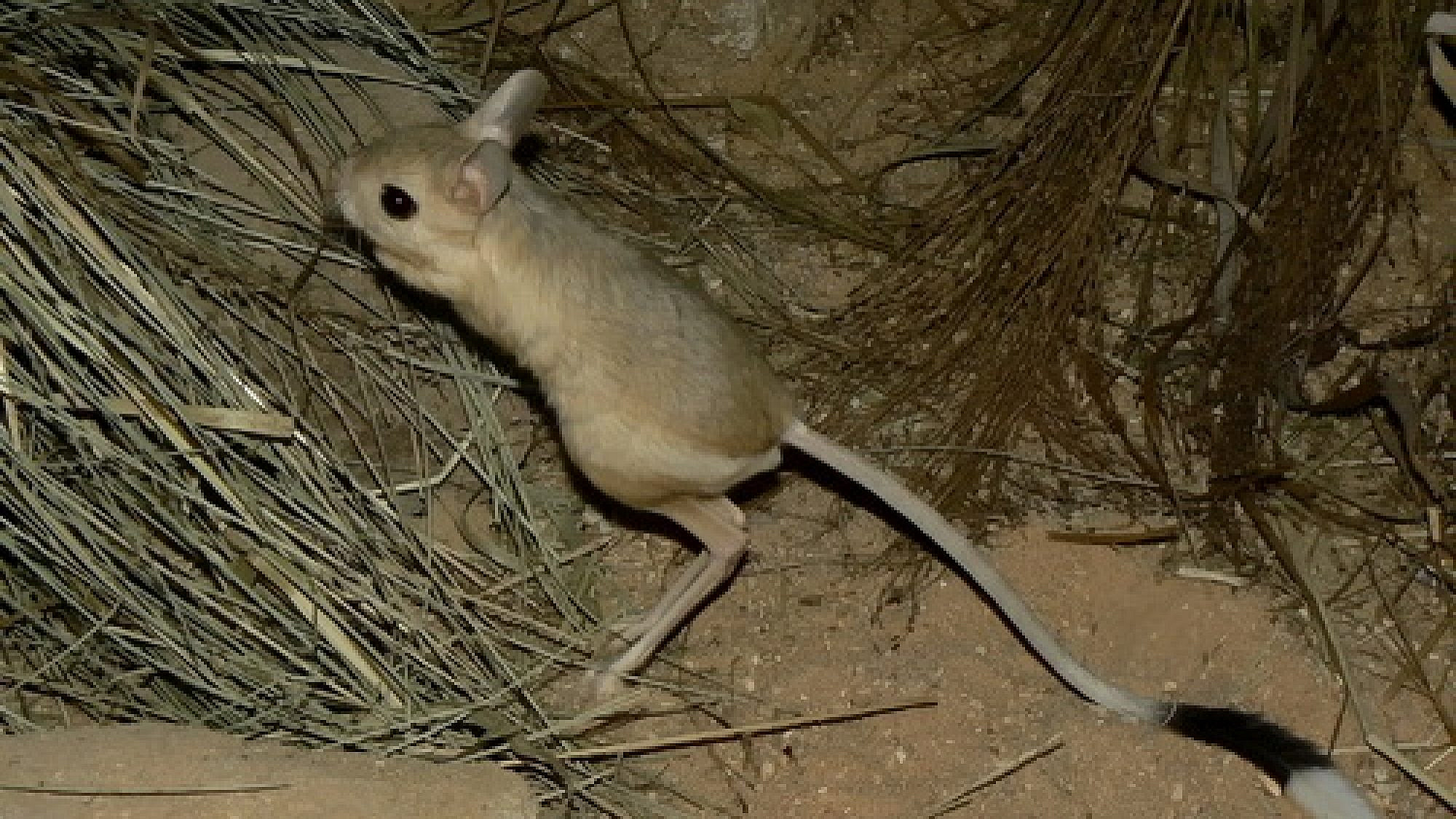
Nature group attempts to halt JNF building plan to save desert mammals
Jaculus orientalis (greater Egyptian jerboa) can be found across North Africa in Morocco, Algeria, Tunisia, Libya, and Egypt. The species is especially common in Egypt and extends east through Sinai and into southern parts of Israel; formerly, the species inhabitated areas of Saudi Arabia. ( Aulagnier, 2004)

Longeared Jerboa Habits, Fun Facts, Pictures and Other Information
Greater Egyptian Jerboa in English Grote Wiistenspringmaus in German Jerbo grande de Egipto in language. Oriental Jerboa in English greater Egyptian jerboa in language. Greater Egyptian Jerboa in English Bibliographic References. Ellerman, J. R., and T. C. S. Morrison-Scott, 1951: null. Checklist of Palaearctic and Indian Mammals 1758 to 1946. 810.
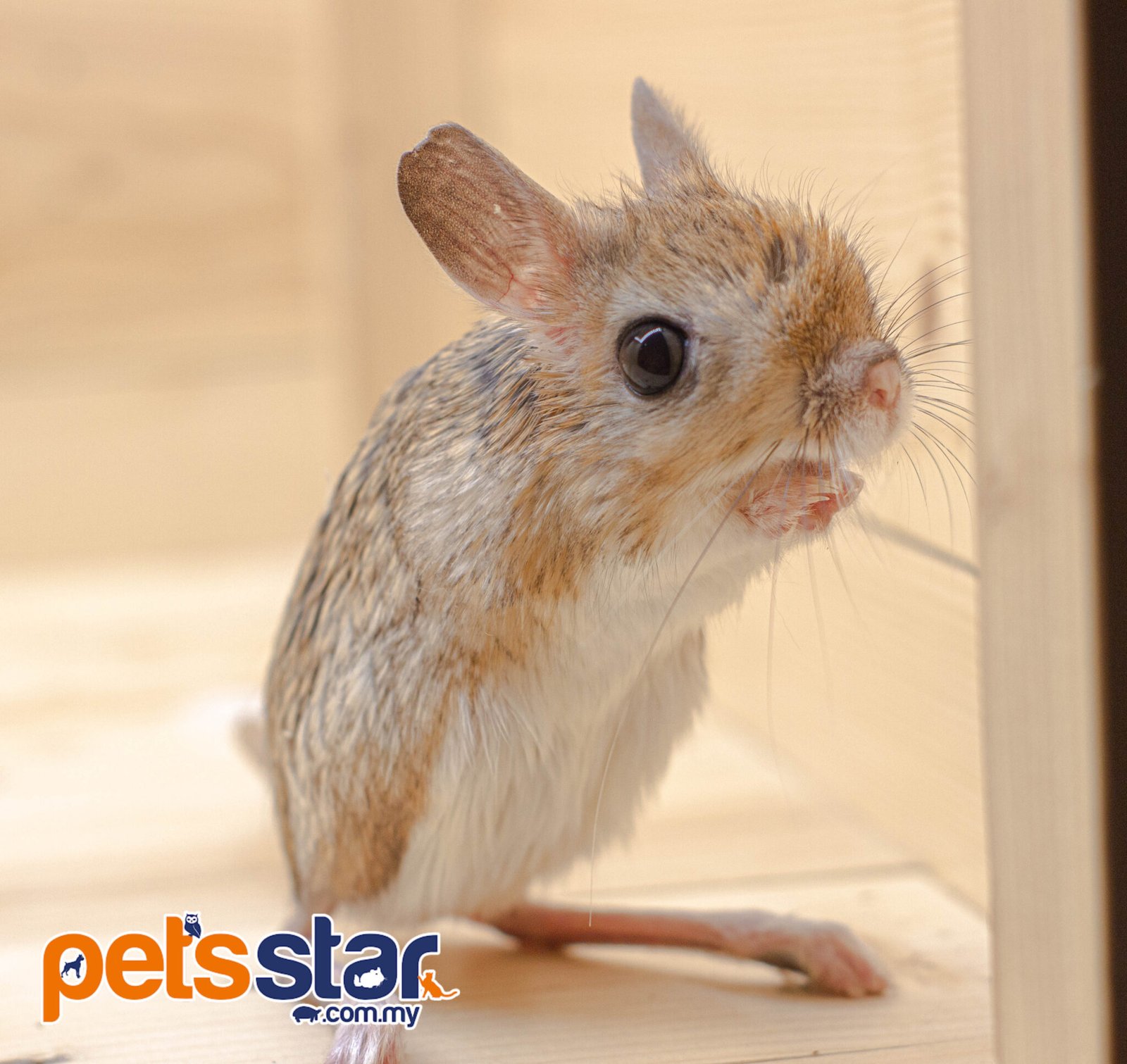
The greater Egyptian jerboa Pets Star
The lesser jerboa ( Jaculus jaculus) is a small rodent of Africa and the Middle East. Its diet consists mainly of seeds and grasses. Description A small rodent, it is sometimes likened to a tiny kangaroo due to its incredibly large hind legs, and hopping form of locomotion.
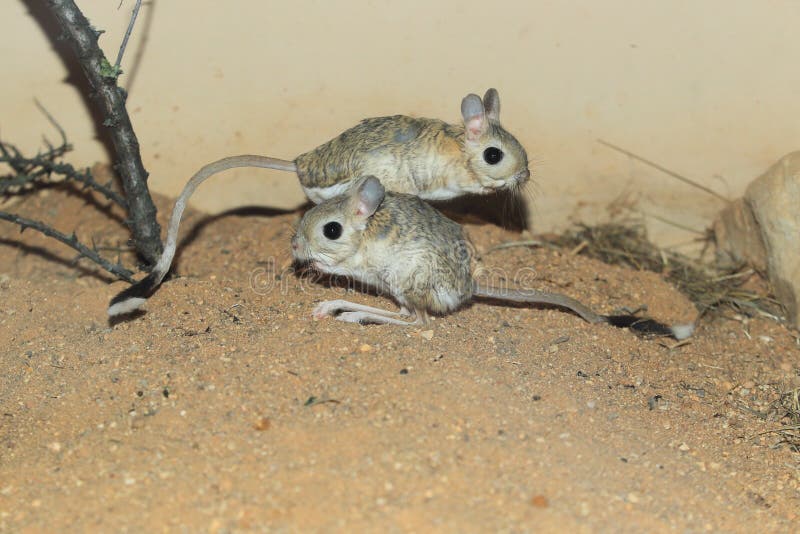
Greater egyptian jerboa stock photo. Image of couple 236164558
Three morphologically well-differentiated population groups were found within the geographic range of the greater Egyptian jerboa, Jaculus orientalis, and the same level of morphological differentiation was demonstrated between highly isolated geographically and deeply diverged genetically and ecologically western and eastern groups of populations.

'The Gerbua' [Greater Egyptian jerboa] posters & prints by Edwards
The greater Egyptian jerboa Jaculus orientalis (Erxleben, 1777) is widely distributed throughout Morocco (Aulagnier and Thévenot, 1986), Algeria (Kowalski and Rzebik-Kowalska, 1991), Tunisia (Vesmanis, 1984), Libya (Hufnagl, 1972) and Egypt, particularly in northern and south-western Sinai and western Mediterranean coastal desert (Hoath, 2003.

Greater Egyptian jerboa (Jaculus orientalis) ZooChat
Greater Egyptian jerboa Order : Rodentia Suborder : Sciurognathi Family : Dipodidae Subfamily : Dipodinae Species : Jaculus orientalis The Greater egyptian jerboa is listed as Least Concern. Does not qualify for a more at risk category. Widespread and abundant taxa are included in this category, on the IUCN Red List of Threatened Species

ANI08400052 Joel Sartore
Our phylogeographical analyses show a strong genetic subdivision into three areas along a west-east axis, corresponding to (1) Morocco and western Algeria; (2) eastern Algeria, Tunisia and western.